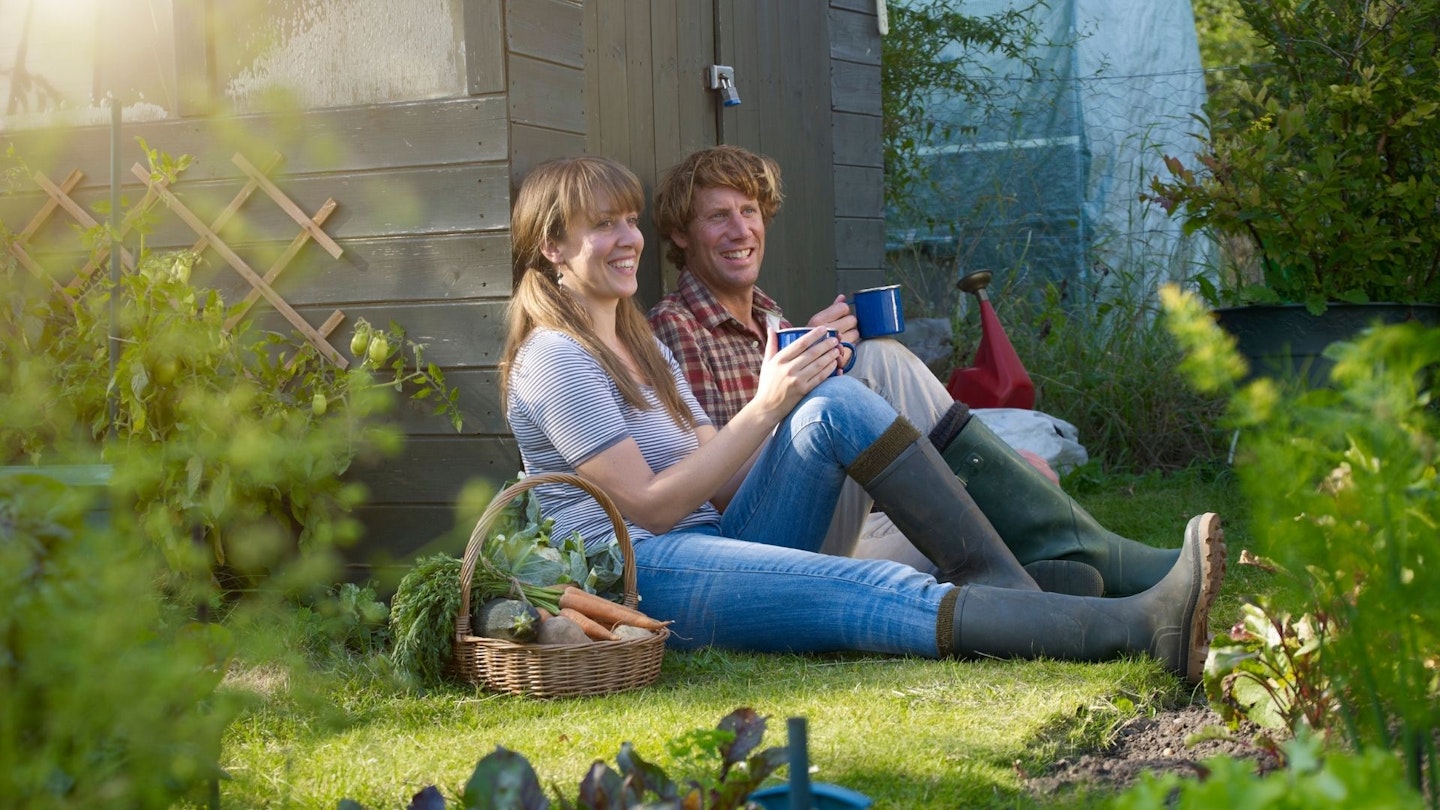If you’re partial to a cup of tea in your garden, you might want to consider growing your own tea leaves – just to make your cuppa feel that little bit more special. It’s perfectly possible in the UK to grow tea – in fact, it’s easier than you think.
It’s all down to Camellia Sinensis – the tea plant. Luckily, this ornamental-looking plant is simple to grow and can withstand our cold temperatures in the UK. There are already some tea plantations in Scotland and Cornwall. How cool is that?
Here, at Modern Gardens, we are giving you an essential guide to growing tea at home in the UK. After all, we want your little tea plant to thrive, even when the temperatures in the UK can go as low as -10°c. You’ll love the look of this plant. Left on its own, your tea plant can grow exponentially. Don’t worry it’s easy to keep it clipped down to a manageable size.
Generally, a Camellia Sinensis desires a position in partial shade, preferably southwest facing. As for the soil, it needs to be acidic and lime-free for the best results.
We recommend using ericaceous compost.
When the temperature, inevitably, drops in the winter, it’s best to keep the plant cosy in a sheltered porch, greenhouse or conservatory. This saves it from being battered by strong winds. Though it can withstand colder temperatures, it’s recommended to keep your tea plant a little snug for the best leaves.
If you’re without a greenhouse, no worry, why not try wrapping the plant up? Using something like a horticultural fleece would work best.
Alongside its glossy, evergreen leaves that look idyllic all year round, in Autumn, this plant blooms with masses of white flowers with a bright yellow centre – not to mention a lovely scent. Even these blooms can be picked, dried and added to the tea to enhance the flavour. So, if you think you’re up to that challenge, go for it.
But, first, a little info on this special plant that you can keep in your garden:
• Camellia sinensis (variety sinensis) – this variation is the easiest to grow; it will provide you with lots of young leaves for picking. The shrub looks good, too.
• Camellia sinensis (variety assamica) – this variation produces much larger leaves that are used to make Assam-type teas. However, unlike the former, it doesn’t tolerate cold as well; so, you’ll need to make it cosy in winter.
How do I grow my own tea?
Tea plants are best grown in pots, so they look great on your patio.
You will need:
• Tea plant
• Pieces of broken pot or stones
• Terracotta Round Plant Pot
• Ericaceous Compost
• Watering Can
• Ericaceous controlled-release fertiliser
SHOP: The best tea plants to grow in your garden
 1 of 2
1 of 2Camellia sinensis (var. sinensis)
This variation is the easiest to grow; it will provide you with lots of young leaves for picking. The shrub looks good, too.
 2 of 2
2 of 2Camellia sinensis (var. assamica)
This variation produces much larger leaves that are used to make Assam-type teas. However, unlike the former, it doesn't tolerate cold as well; so, you'll need to make it cosy in winter.

www.diy.com

www.homebase.co.uk
What you need to do:
• Stand the tea plant, still in its old pot, in a bucket of water for 10-15 minutes to soak its roots.
• Place pieces of pot or large, flat stones over the drainage holes in the new pot to prevent the compost from blocking them.
• Start to fill the new pot with compost, lightly firming as you go. Stop at a level when, with the tea plant (still in its old pot) placed on top, the surface of the compost in the old pot is 2-2.5cm below the rim of the new pot.
• Remove your tea plant from the old pot and unravel any long roots going around the rootball. Stand it on the compost and fill around with compost, firming as you go.
• Water in well with a full can of water with plant food added.
• Water thoroughly throughout spring and summer, particularly during dry spells. Feed once a year in the spring.
How do I brew the perfect cuppa?
It’s simple.
• Pick the young leaves to start with.
• Roll the picked leaves.
• Leave them to dry in the sun for up to three days.
Drying your leaves out gives your tea a stronger flavour and darker colour when you brew because of the oxidation that occurs. When your tea plant is in full bloom, why not use a mixture of different leaf stages to make your own ‘blend’.
This is great for any tea connoisseurs out there.
What to read next
Indoor hydroponics gardens: The simple way to grow plants and herbs inside
Get inspired each month with Modern Gardens magazine. In every issue you will find the latest trends and shopping hints (that wonu2019t break the budget), easy and simple DIY projects with clever upcycling ideas, and a look at some of our readers' gardens for you to enjoy. Love your outdoor space even more with inspiration from our magazine. Whether youu2019re looking for the latest digital edition or are interested in our monthly subscription, Modern Gardens has everything you need. Available to download on Android and Apple devices so you can take Modern Gardens with you wherever you go. Not only that, make sure you look out for our exclusive gifts when buying either your digital or print subscription.



